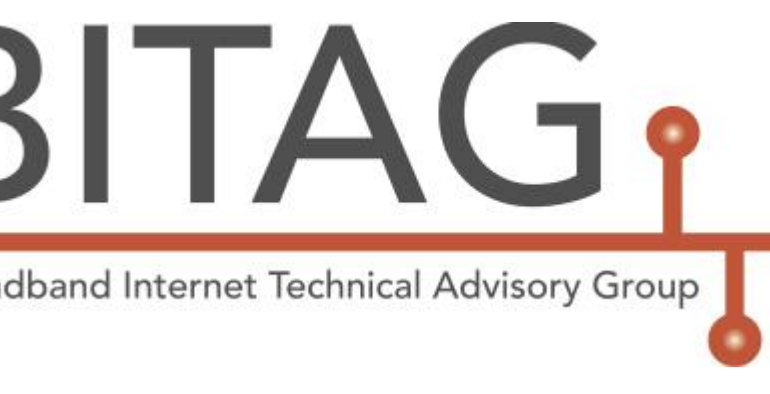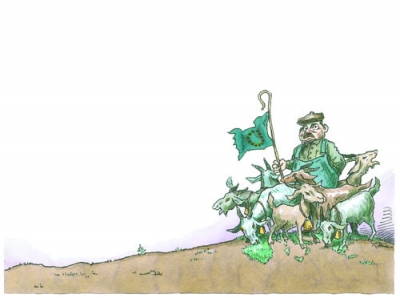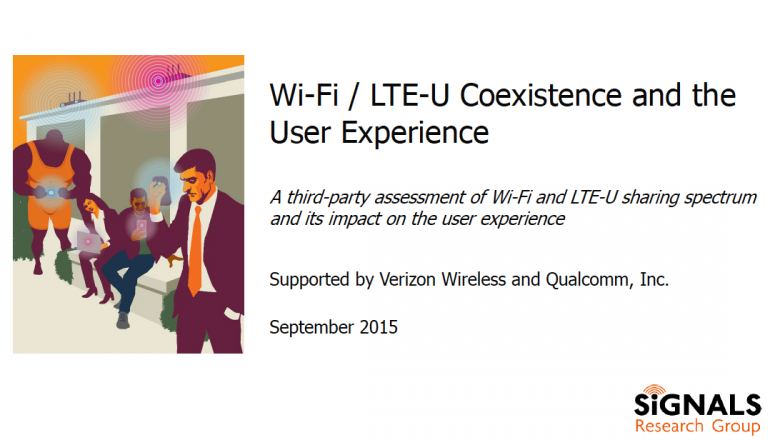Open Source Software and Regulatory Compliance
Last week, I mentioned the tendency of some parties to drag extraneous issues and personal hobbyhorses into policy debates. This was a throw-away observation, but two issues in the news…
Why Spectrum Swaps Serve the Public Interest
A reporter asked me to explain what’s up with the spectrum swap that AT&T and T-Mobile have asked the FCC to let them do. The benefits are pretty simple and…
BITAG Report on Traffic Differentiation
The Broadband Internet Technical Advisory Group (BITAG) is a non-profit, non-partisan group of technical experts from the communications, content, and public interest communities that examines issues related to Internet regulation…
Open Internet Order’s DNS Problem
The challengers to the FCC’s reclassification of Internet Service under Title II of the Communications Act filed their reply brief to the FCC’s brief on Monday. The challengers – led…
Adding Enhanced Services to the Internet
The 43rd edition of TPRC, the world’s premier conference on Internet policy, took place in Arlington last week, from Sept. 24-27th. While this is mainly a policy conference that stresses…
Tragedies of the Spectrum Commons
The Wi-Fi vs. LTE-U disagreement continues to rage, despite efforts by both sides to reach a détente. The Wi-Fi Alliance and the LTE-U Forum held an event last Friday on…
Tim Wu vs. Tim Wu on Internet Evolution
Following the theme of amici in the Title II challenge, an interesting one came up today from Tim Wu, the man who coined the term “net neutrality”. Wu filed in…
What the FCC Gets Wrong About Mobile
Last time, I explained what the FCC’s reply brief gets wrong about DNS. The brief argues that DNS is a network management function that ISPs employ to achieve more efficient…
FCC Brief Painfully Wrong about DNS
The FCC’s response to the challenges to its latest Open Internet Order (OIO) completely misrepresents the nature of DNS and its role in the Internet. As a result, the brief…
Testing Vindicates LTE-U
A study of LTE-U’s interaction with Wi-Fi – and the interaction of real Wi-Fi access points with each other – appears to show that Wi-Fi users have nothing to fear…












